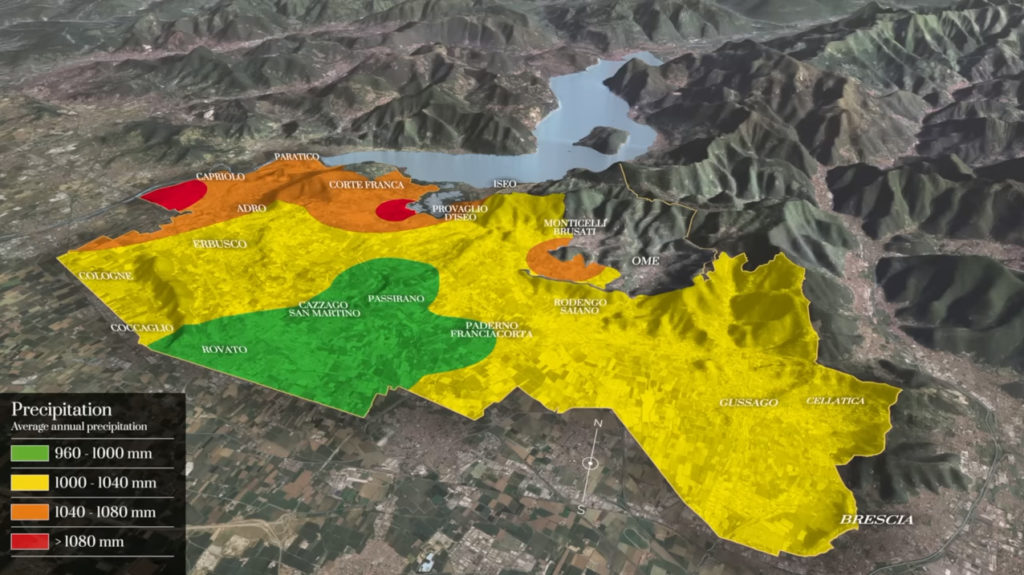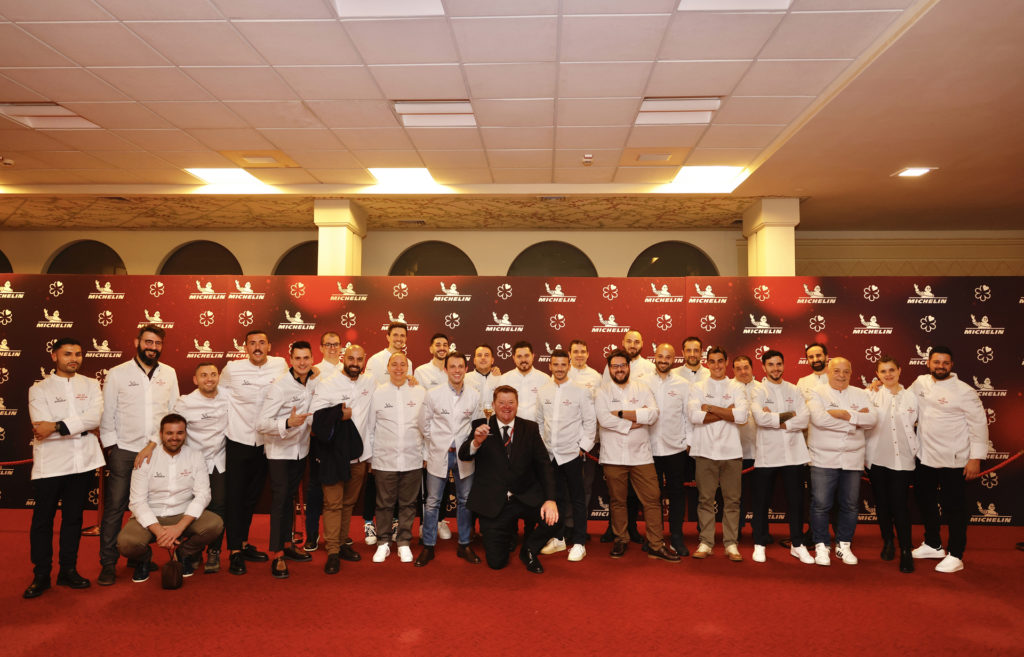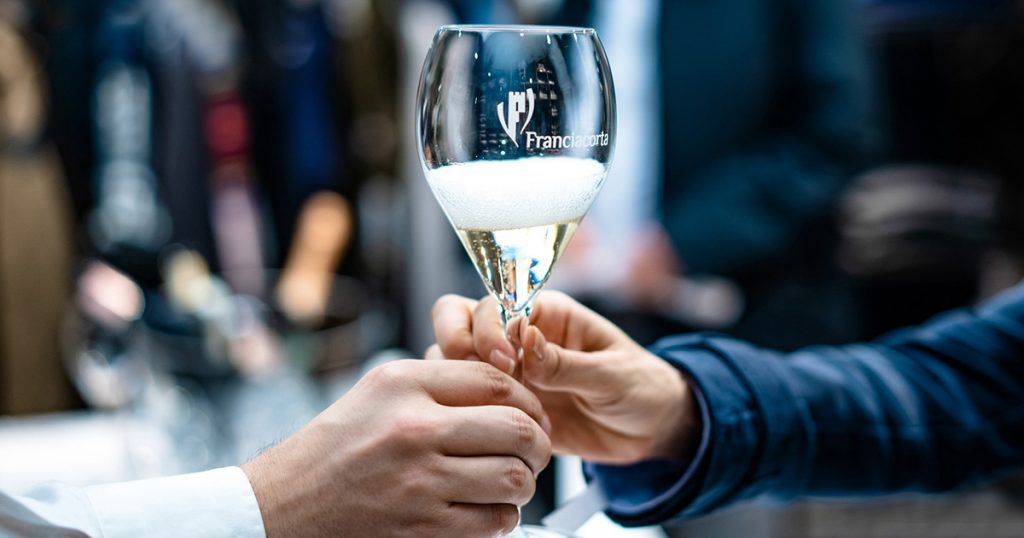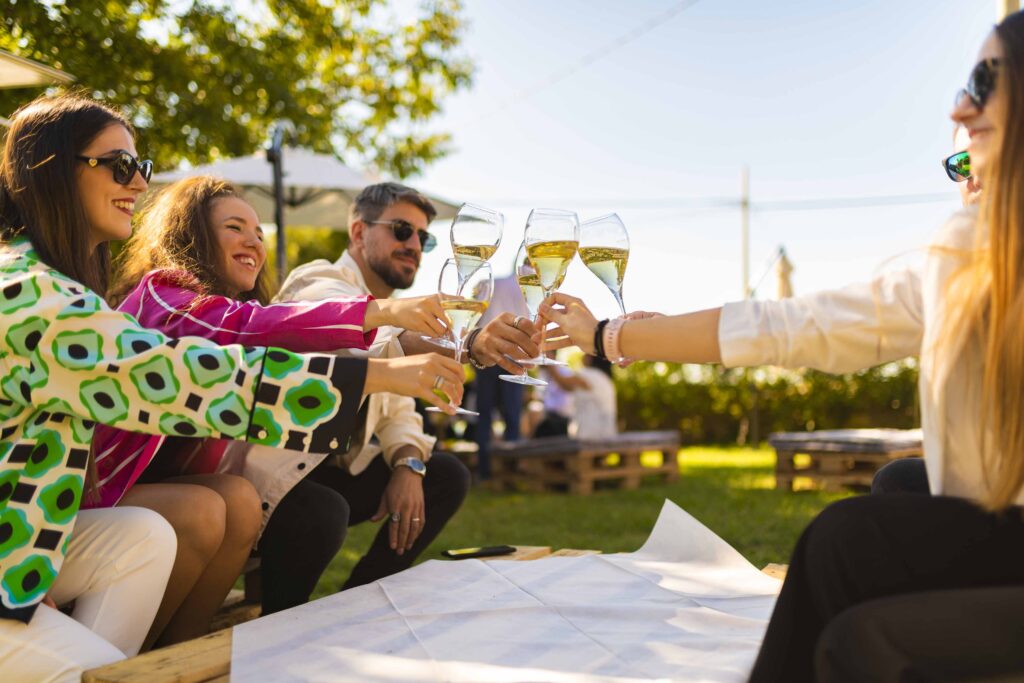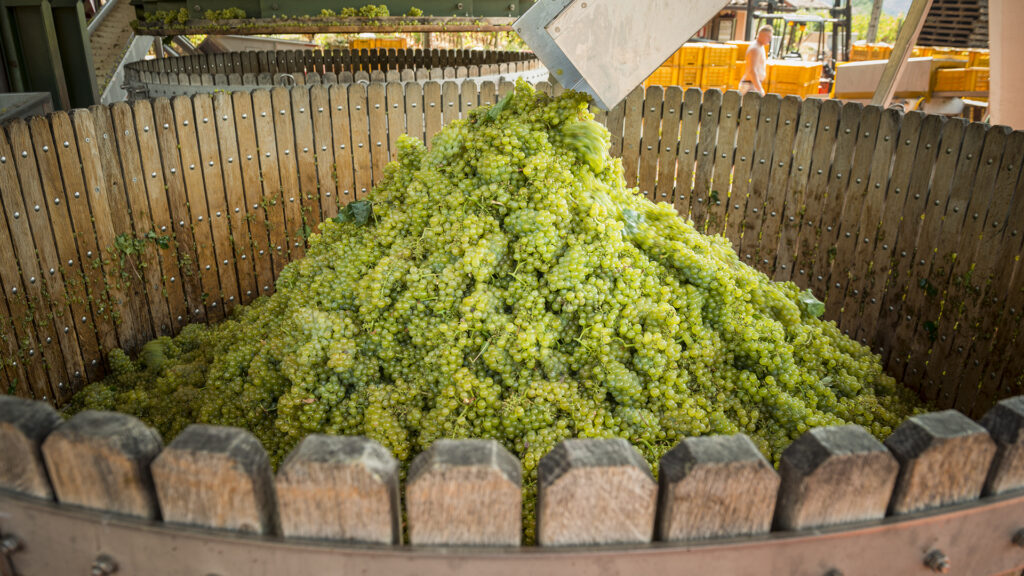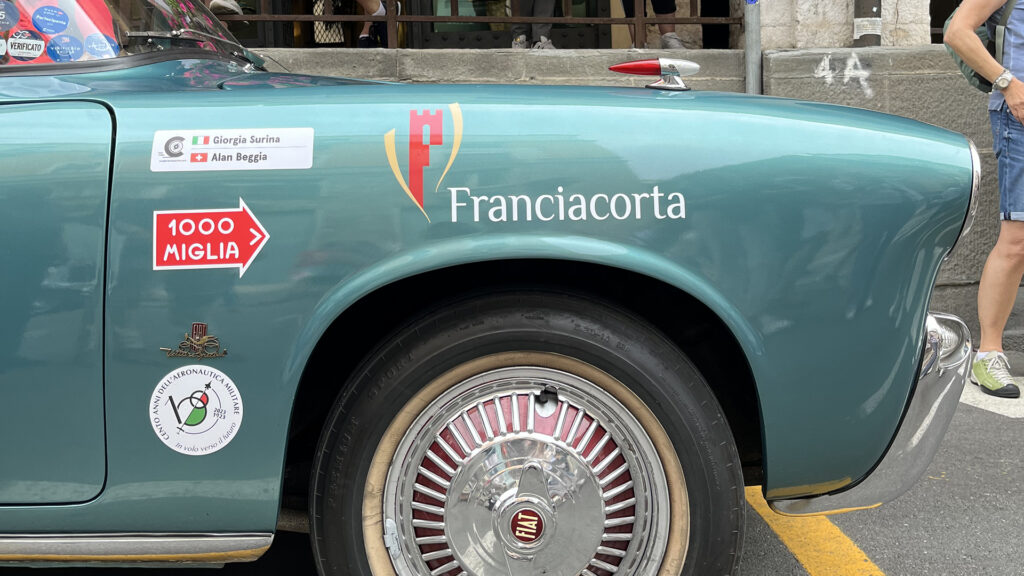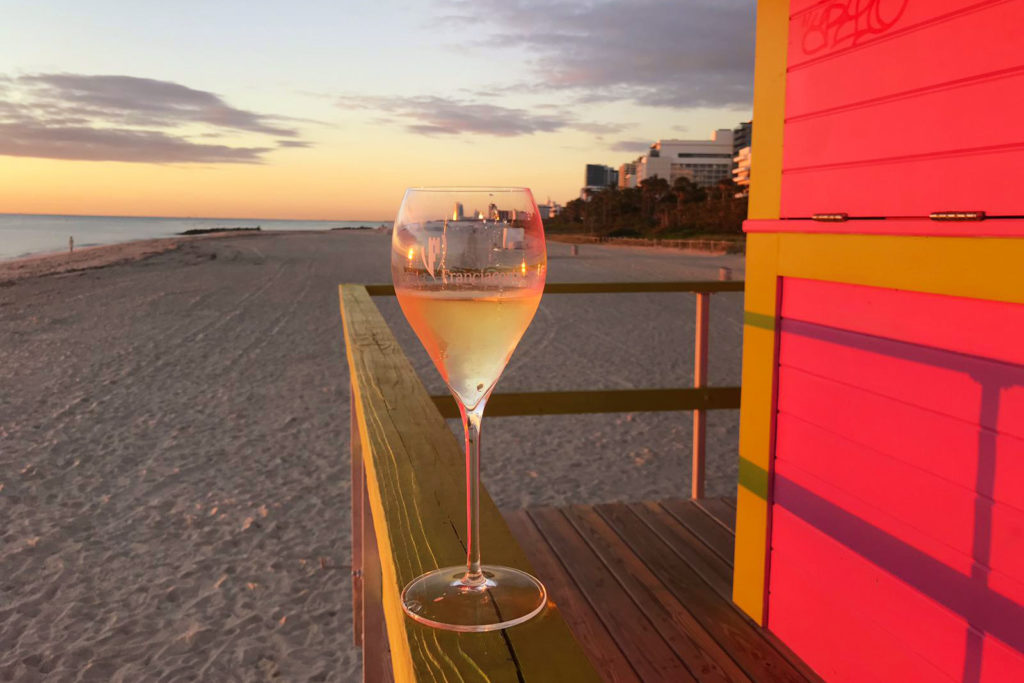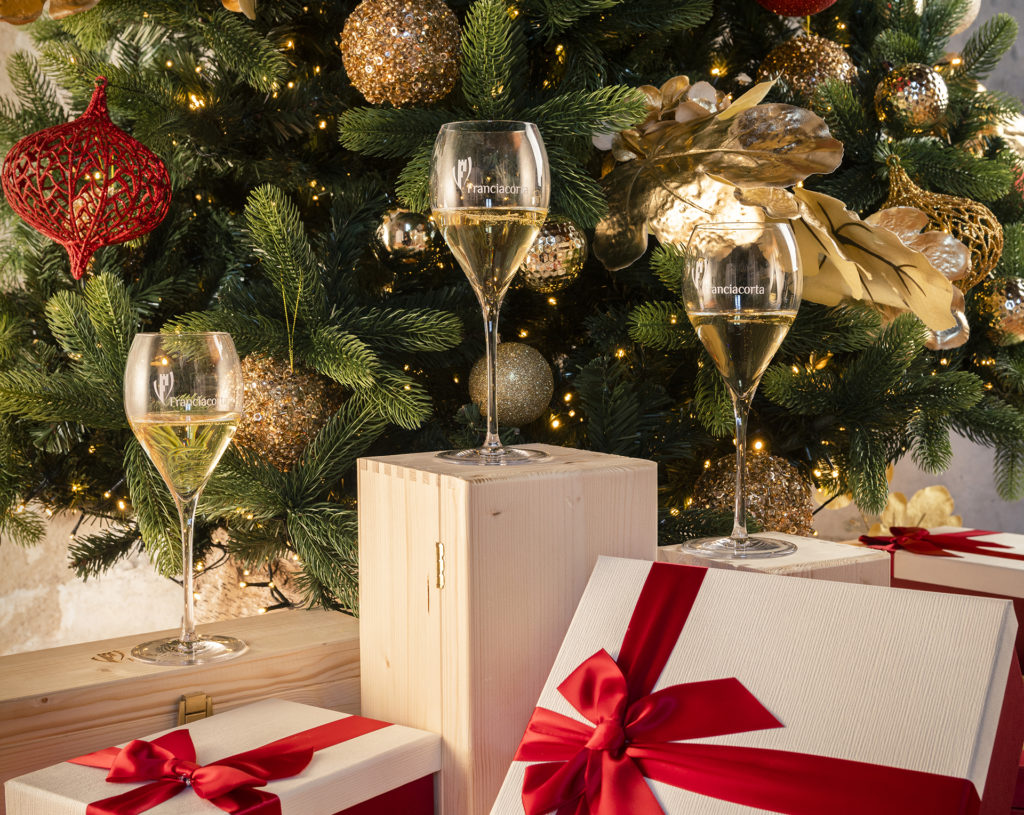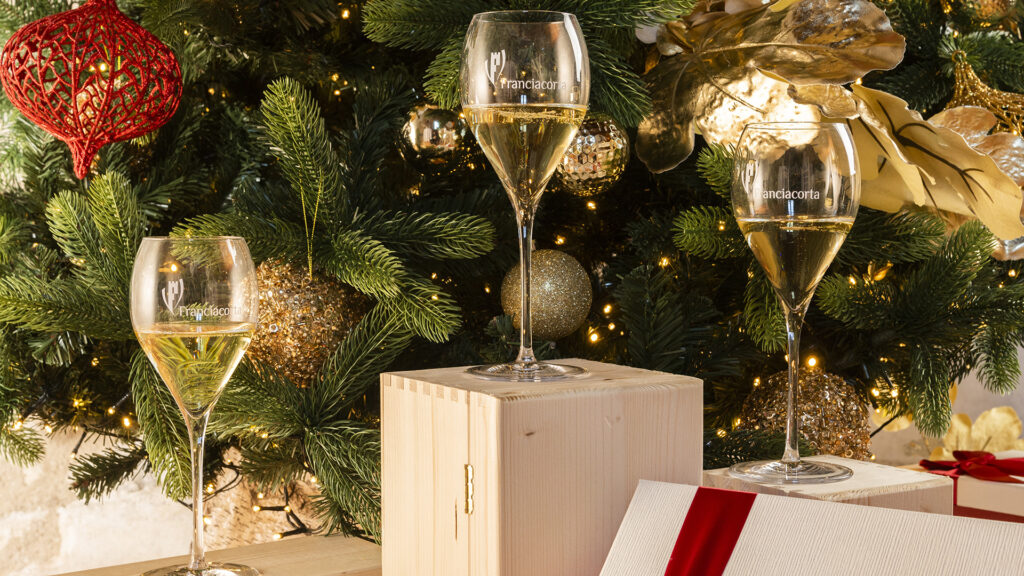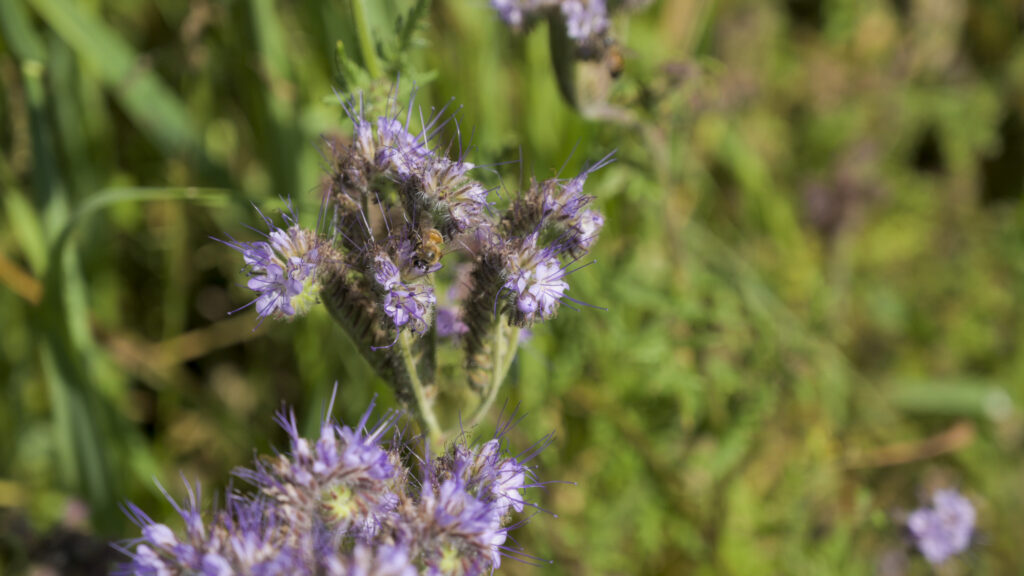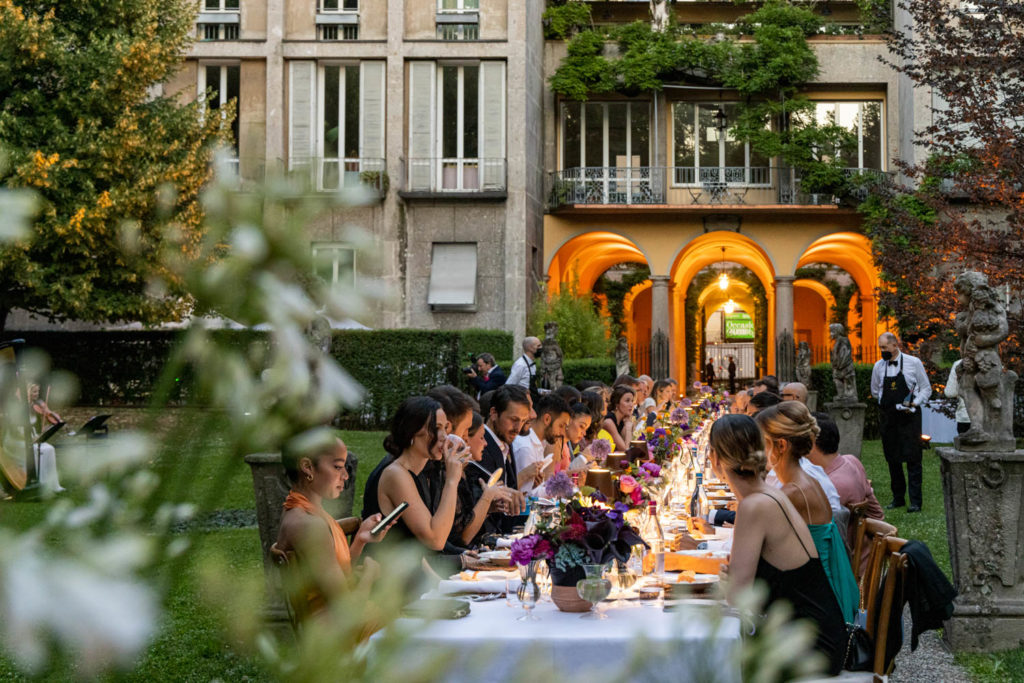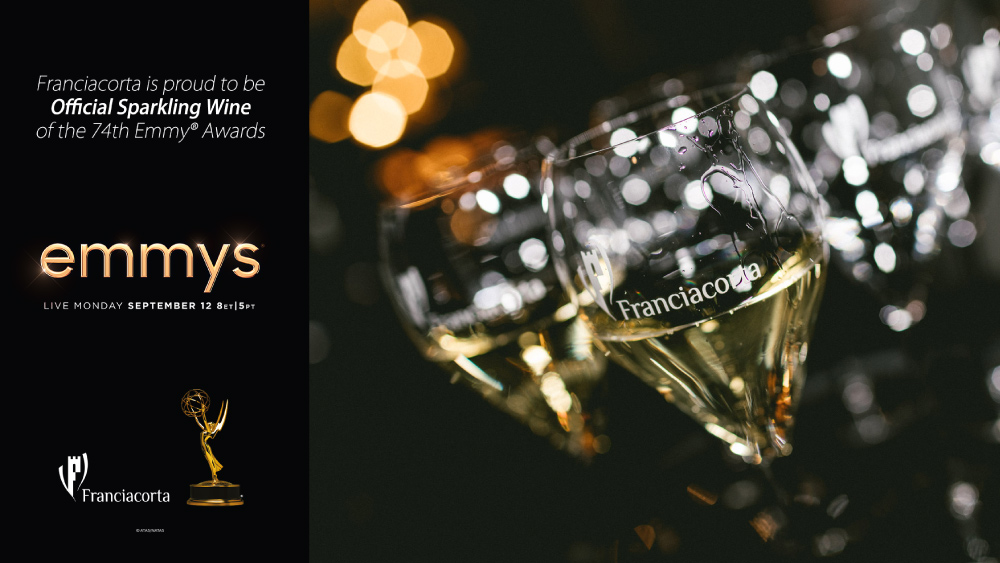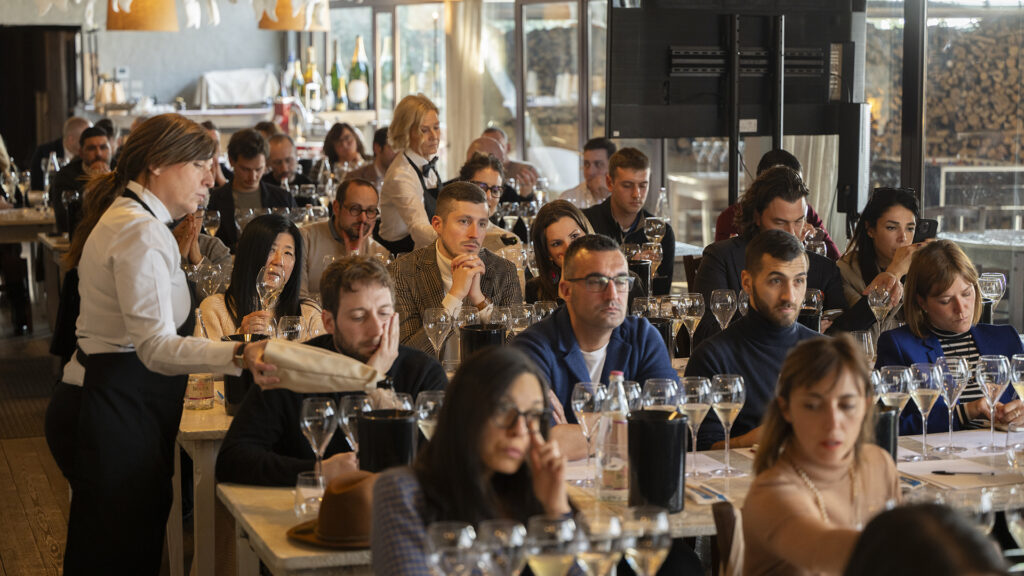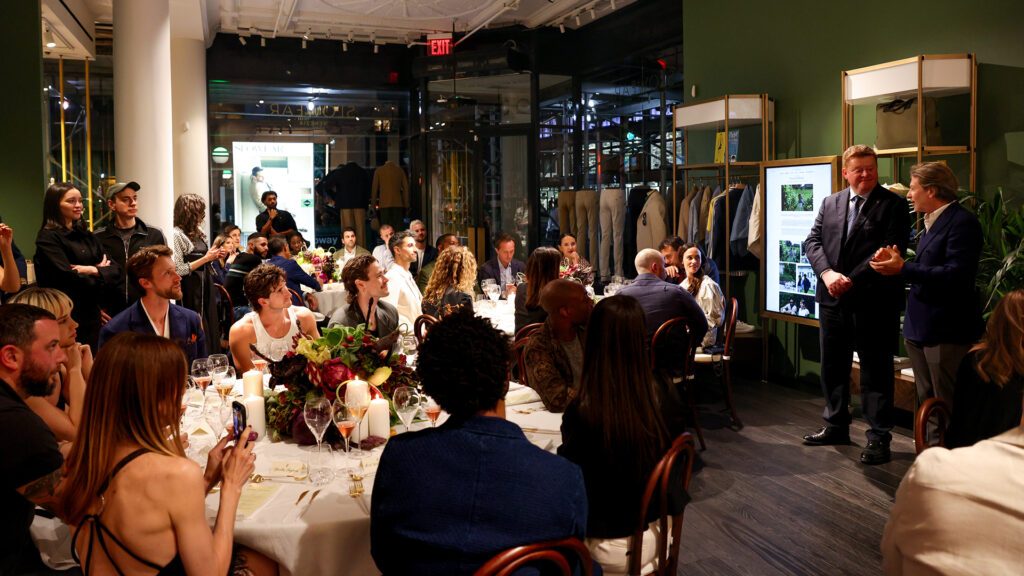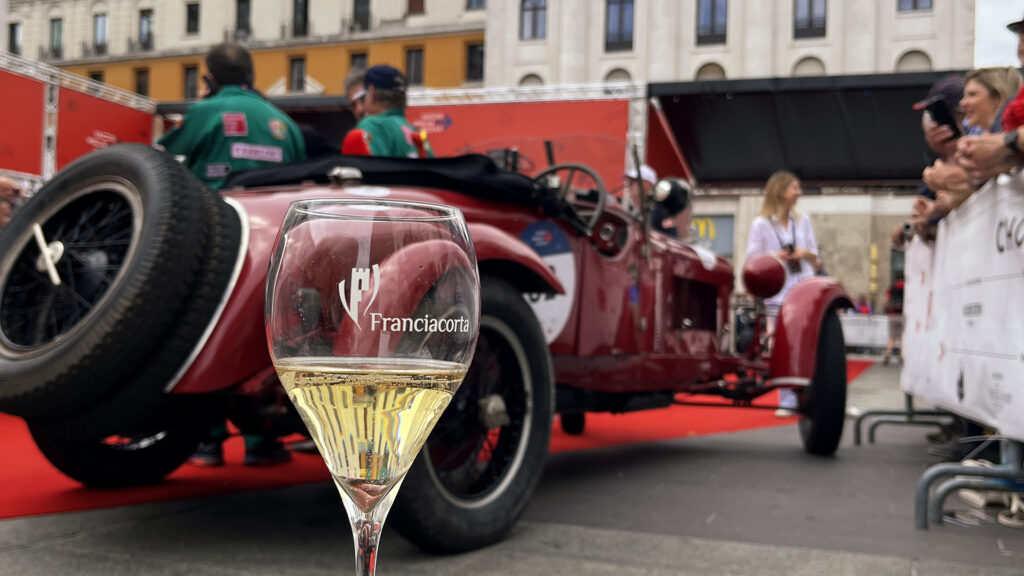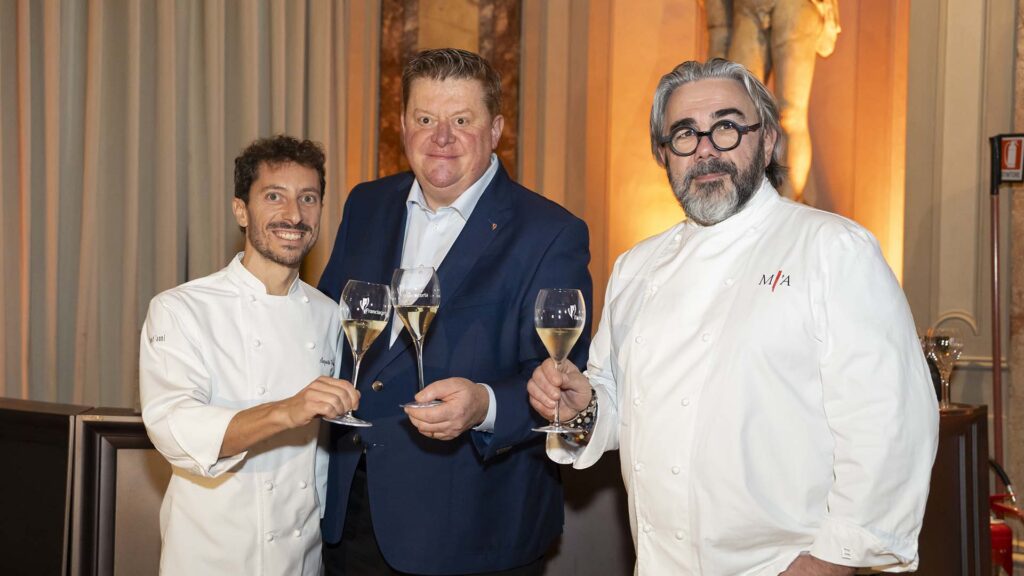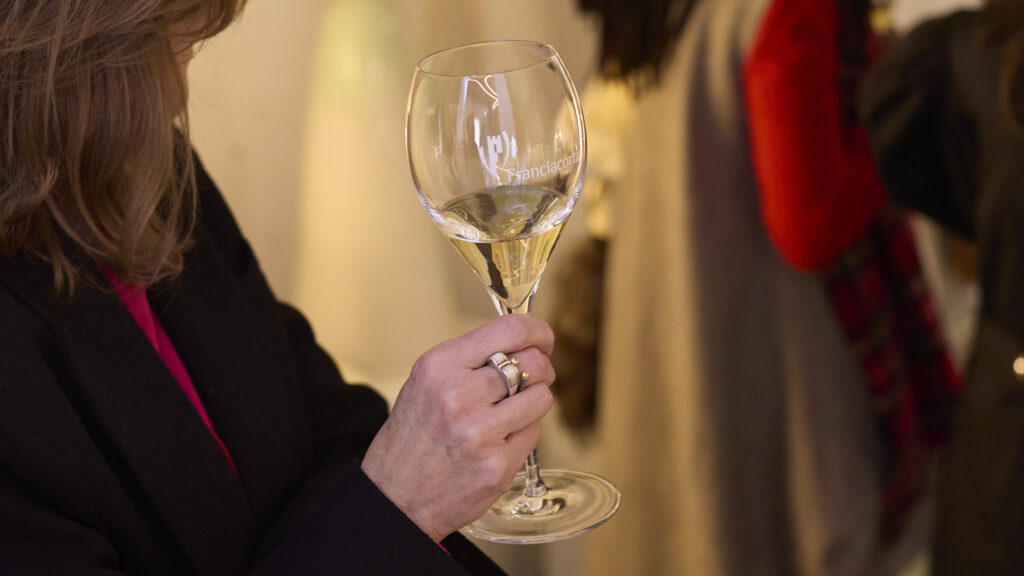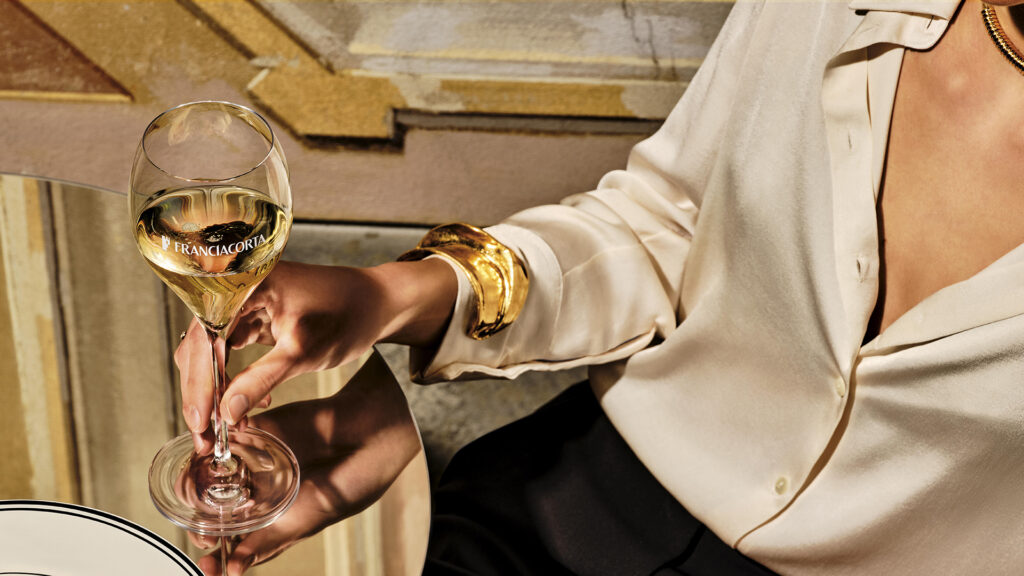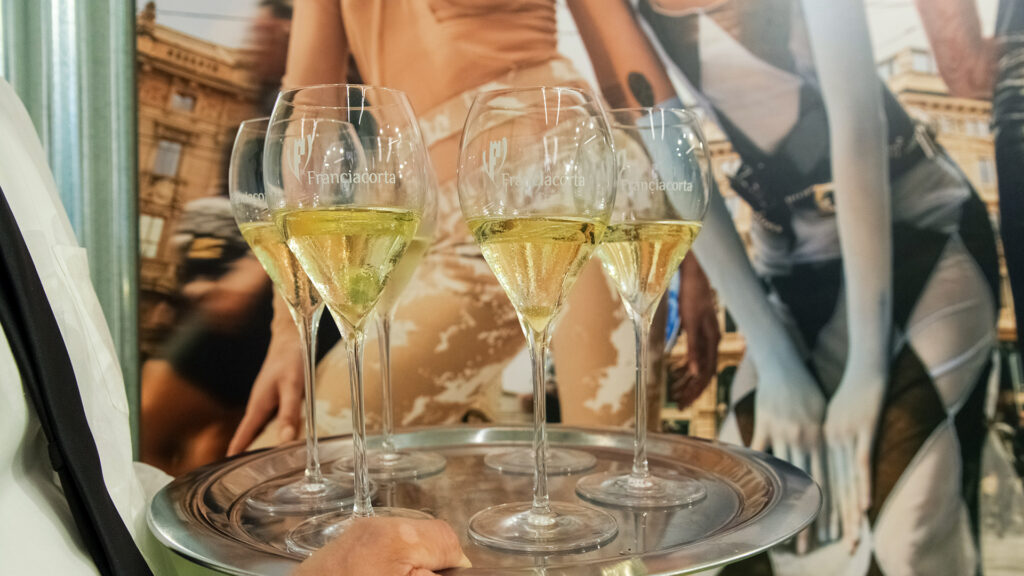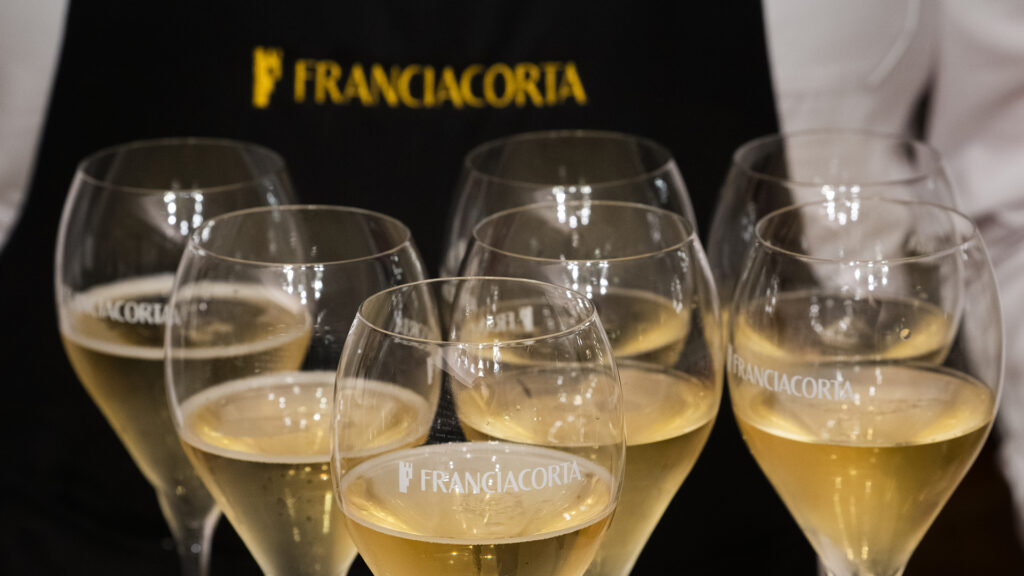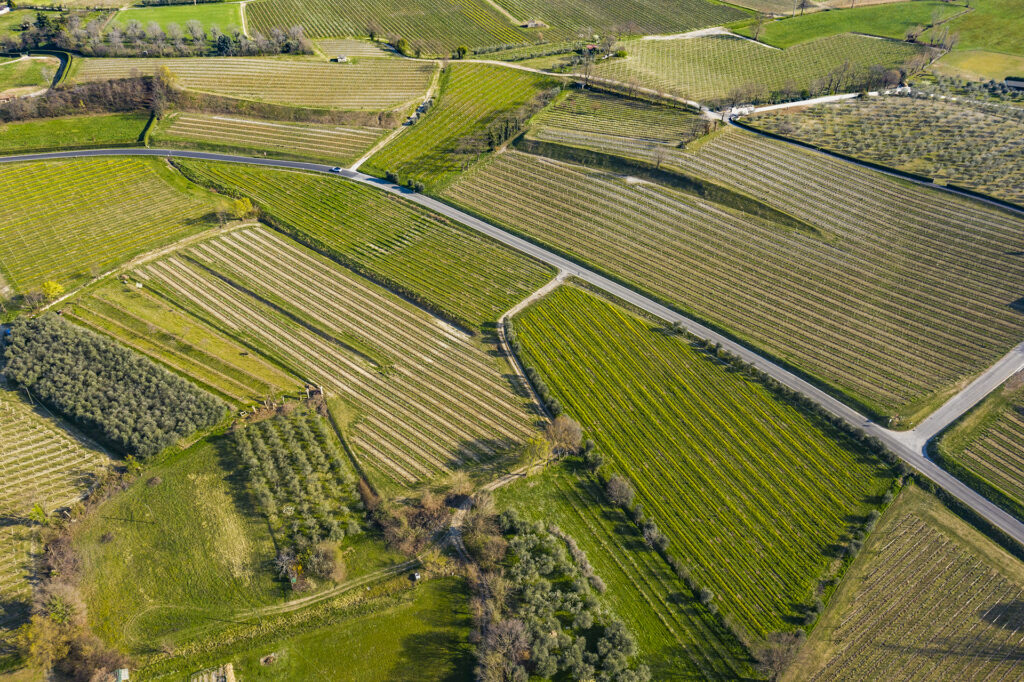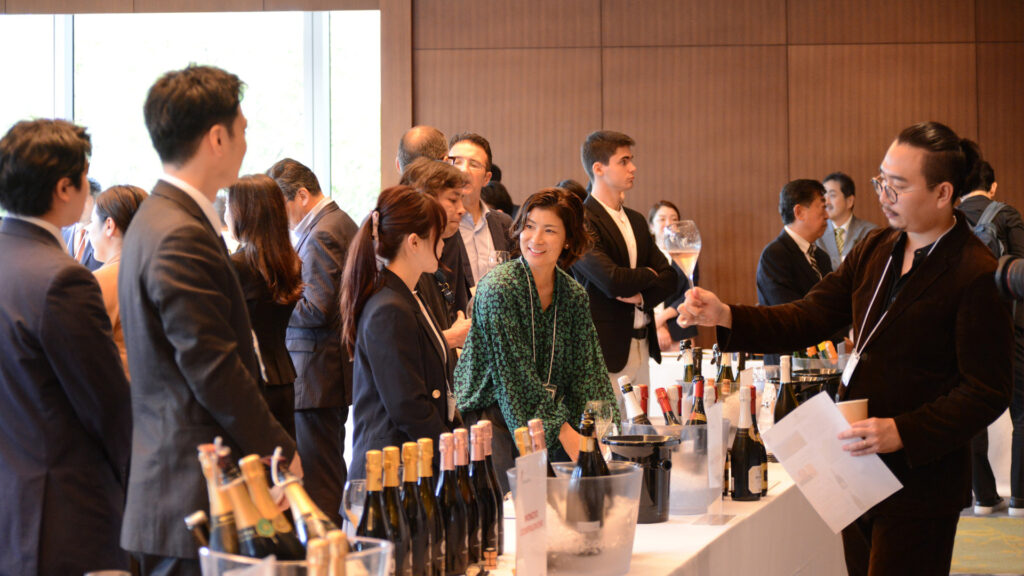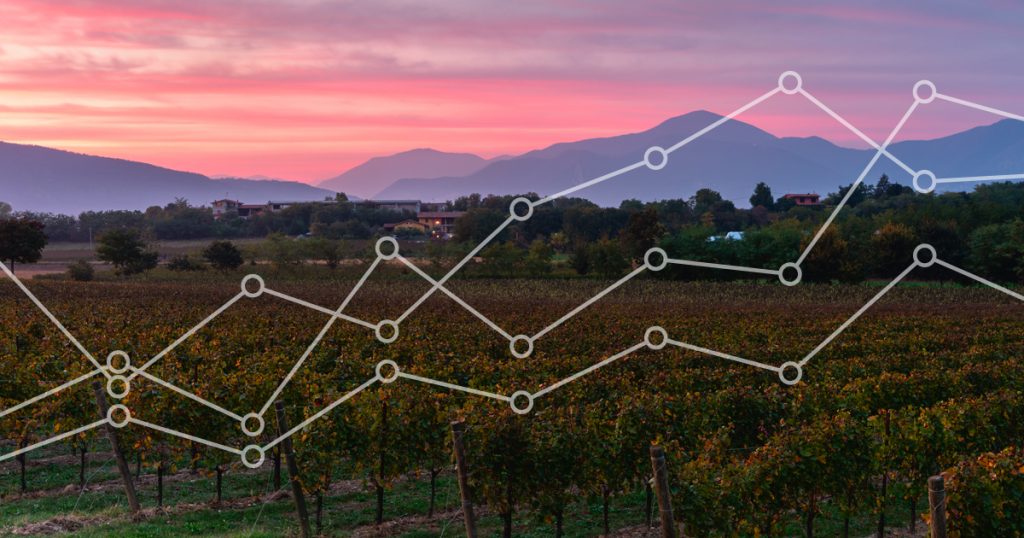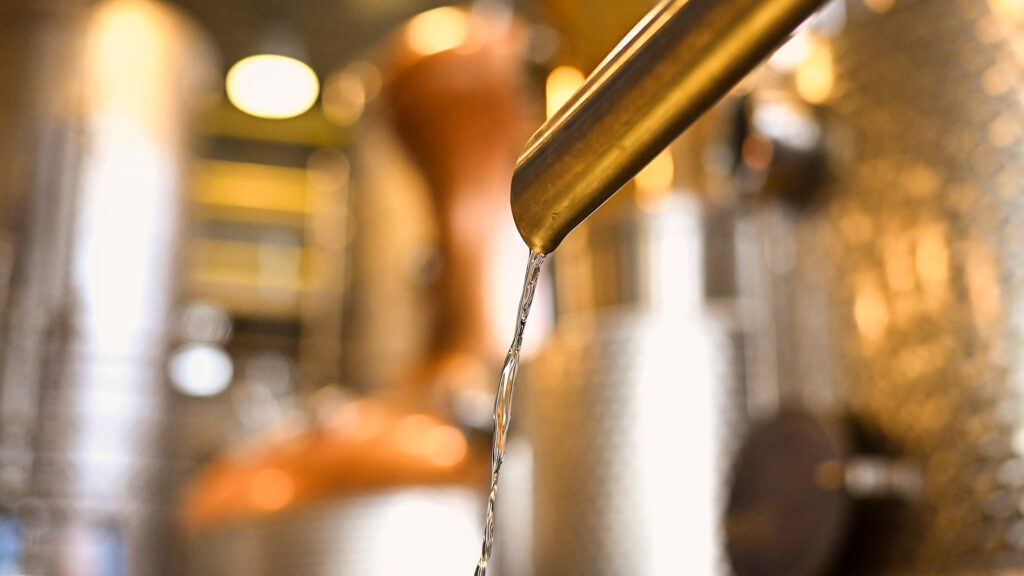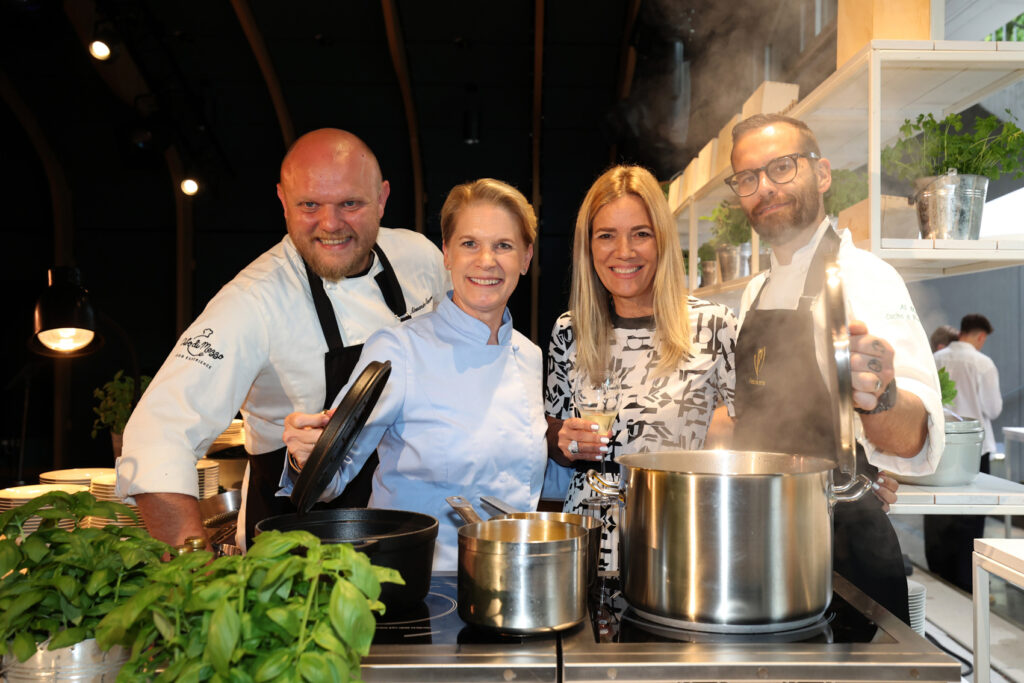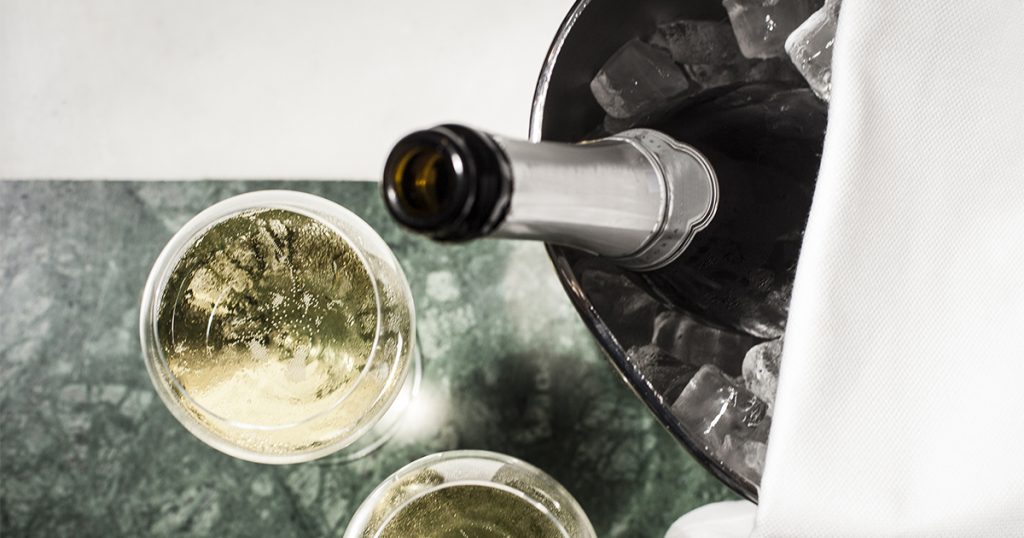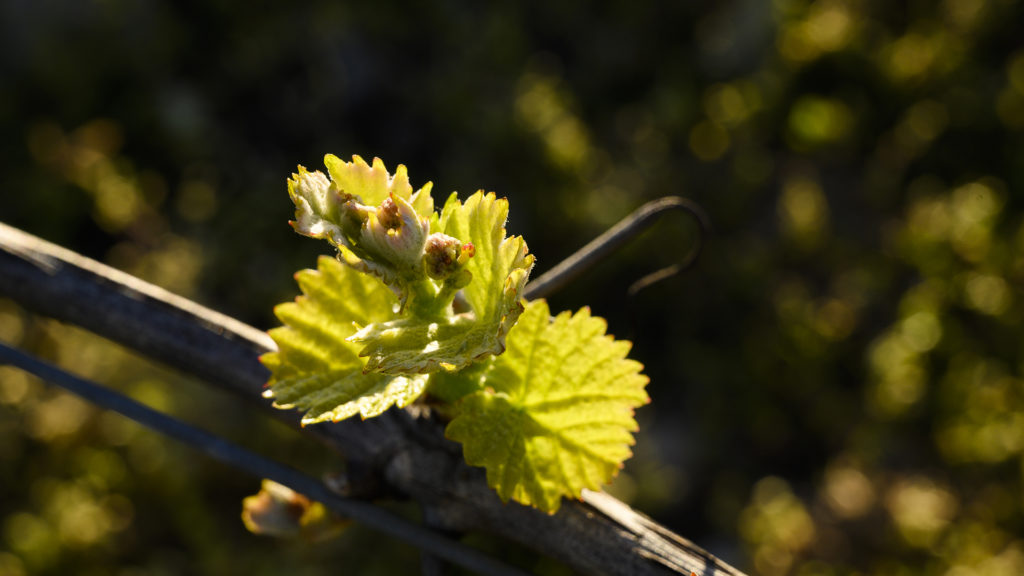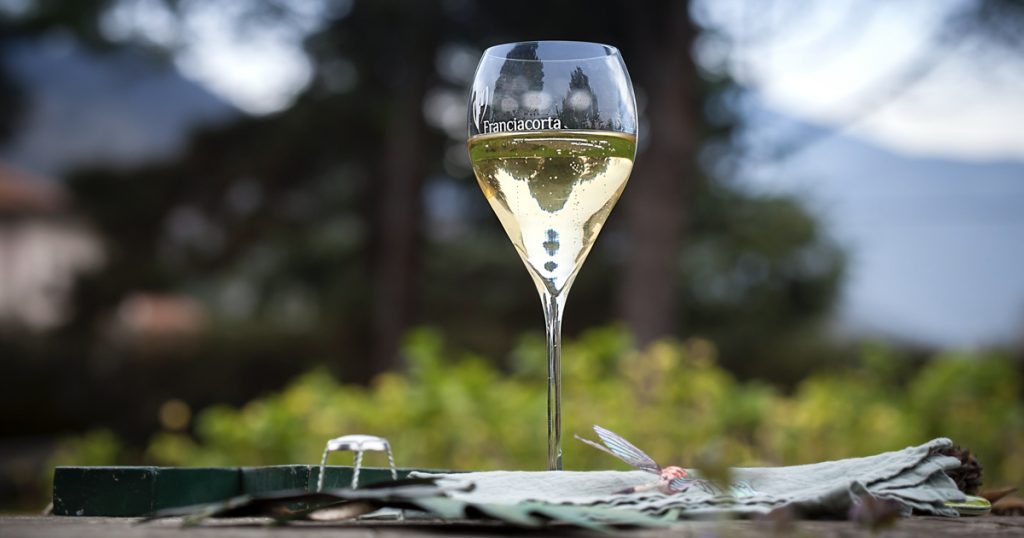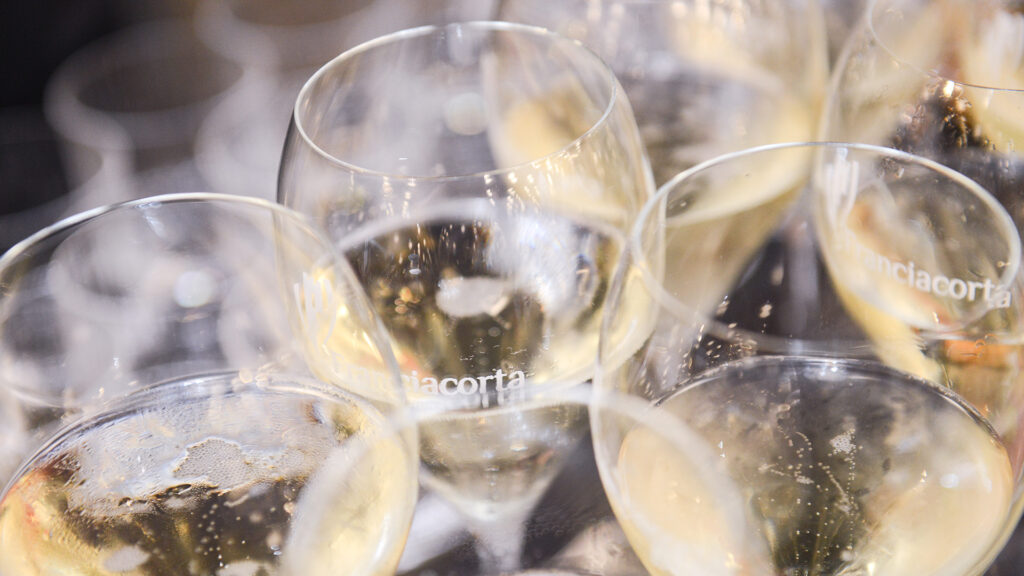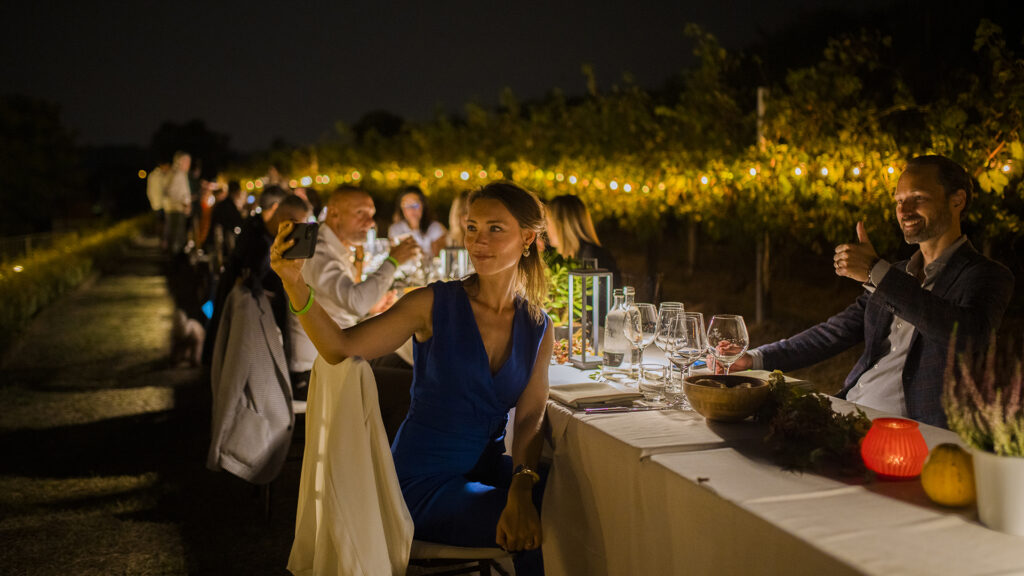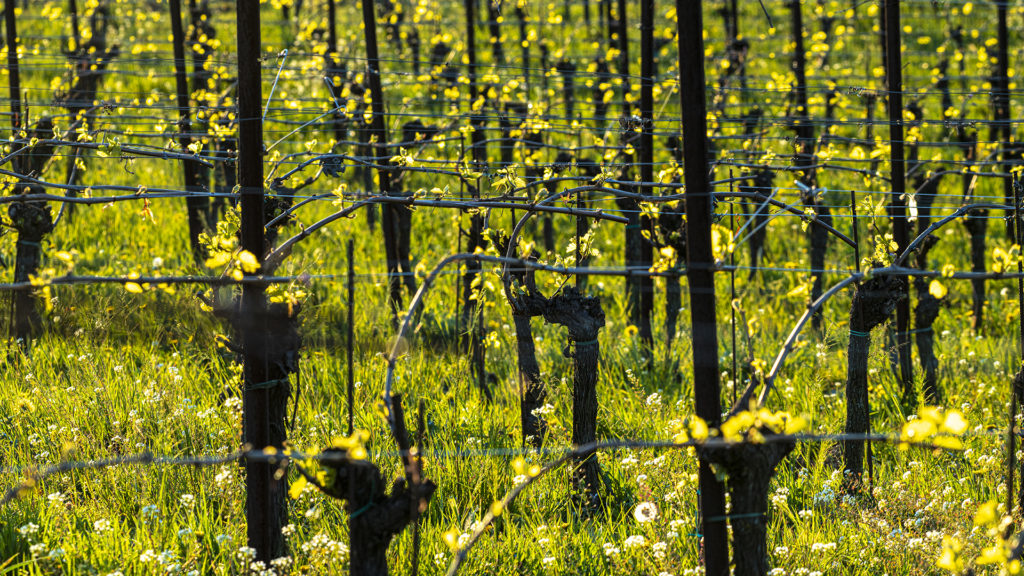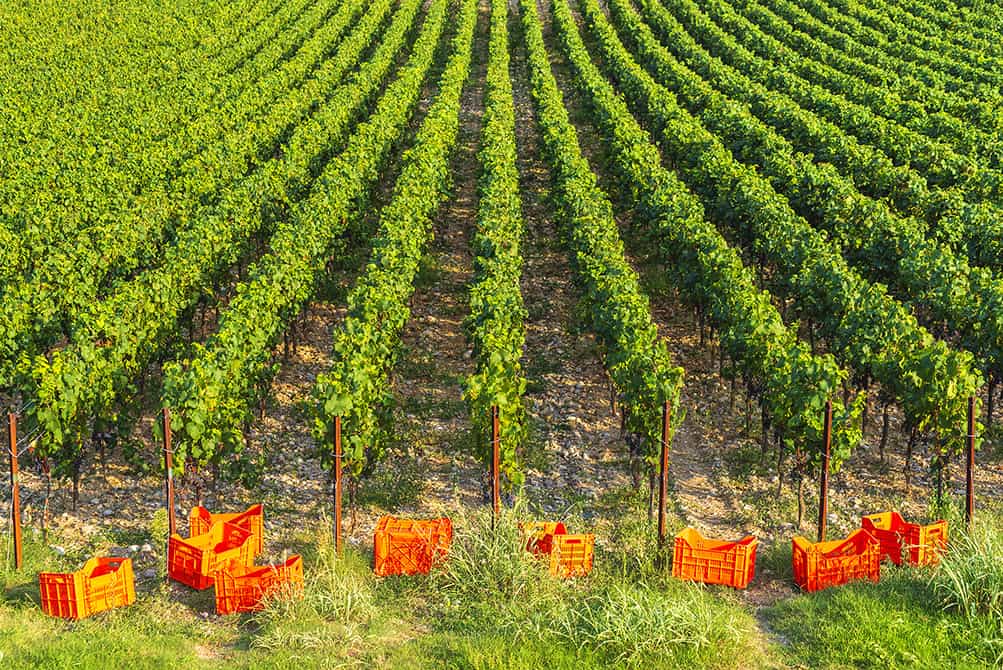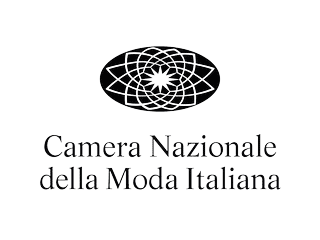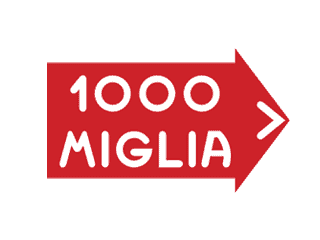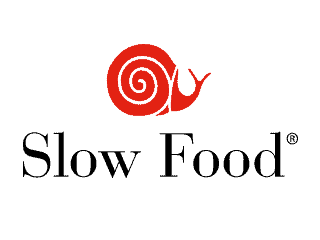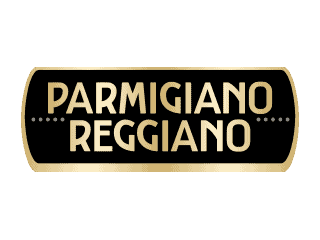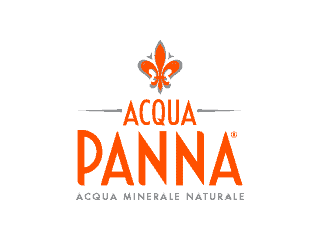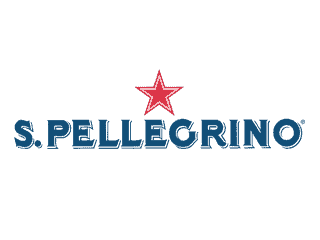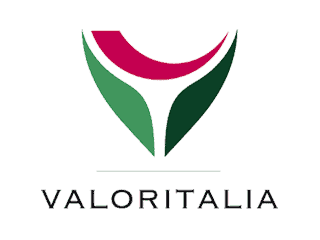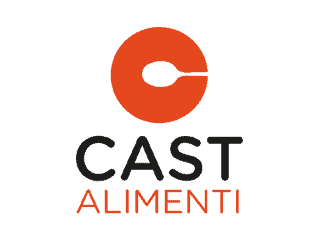There are many activities taking place at this time of the year. Here’s what is happening inside and outside the wine estates
Summer, being close to the harvest, is a busy time for the wine-producing world, and activities in the vineyard and wine cellar begin to overlap.
July in the vineyard is the period devoted to canopy management of the vines. There are three basic operations to perform.
It starts with trimming, which involves cutting the shoots that grow into the area between the rows, so that it is easier to pass along the rows, but above all to promote good aeration within the foliage and grape clusters.
This is followed by leaf stripping. This process is essential to eliminate unnecessary leaves while still ensuring that the grape clusters are covered and protected from direct sunlight, thereby preventing them from sunburn which would cause a loss of aromas and acidity. However, leaves that grow between the grape clusters or even inside a cluster should be eliminated to ensure proper aeration. If you decide to leaf strip, in temperate and warm climates it is better to remove the leaves situated on the side of the row exposed to the morning sun or inside the canopy, especially if the ultimate goal is the production of quality wine.
The next step is hedging (topping), which involves cutting the shoots that go beyond the last wire above the posts that form the trellis structure, or braiding (tressage). These are two different techniques: braiding tends to promote wood ripening, therefore the start of lignification of the shoots, so that the plant is no longer stimulated to produce new lateral shoots (the small shoots that develop from undifferentiated buds formed on one-year shoots).
On the contrary, if hedging is chosen, apical dominance is removed, and since the vine is an acrotonous plant that naturally grows upward (it is, after all, a liana constrained by a fixed growing system), hedging will stimulate this characteristic. As a consequence, new “tops,” may develop, perpetuating the vegetative process that we would instead like to avoid or limit.
Braiding (tressage) is a good technique, and especially in very hot years it is preferable, but it is very expensive and has to be done by hand, which is why almost all wine-makers opt for hedging, even if it has some side effects. Ultimately, a harmonious vegetative-productive balance in the vineyard leads to fewer interventions and therefore lower operating costs and less need for hedging or braiding.
In the wine cellars, on the other hand, a crucial phase has just been completed. This stage concerns bottle fermentation. In fact, the critical moment of preparing the various cuvées of the growing year has just finished. It involves the blending of Franciacorta base wines to create the desired vintage or non-vintage cuvée, and then proceeding to add yeast and sugar, cork the bottle with crown cap and bidule, and leave for the magic to begin.
Sugar is added to the sparkling wine base cuvée and then yeast, which uses the sugar to survive and ferment giving us alcohol, warmth, CO2 and all those aromas we love so much in a Franciacorta wine.
The sugar normally used is sucrose, obtained from refined cane sugar, but beet sugar, liquid or solid RCM (Rectified Concentrated Must) could also be used. The amount varies depending on the final goal and the type of Franciacorta wine we wish to achieve. If making a Satèn wine, about 16-20 g/litre of sugar are added, which leads to a pressure in the bottle of between 4, maximum 5 atmospheres at a temperature of 20°C. If instead other types of Franciacorta are being made, 24-26 g/litre may be added, resulting in a pressure of 6 and more atmospheres. Crown caps with bidules prevent the CO2 from escaping the bottle. It will then remain trapped inside the liquid, giving us the famous Franciacorta mousse.

